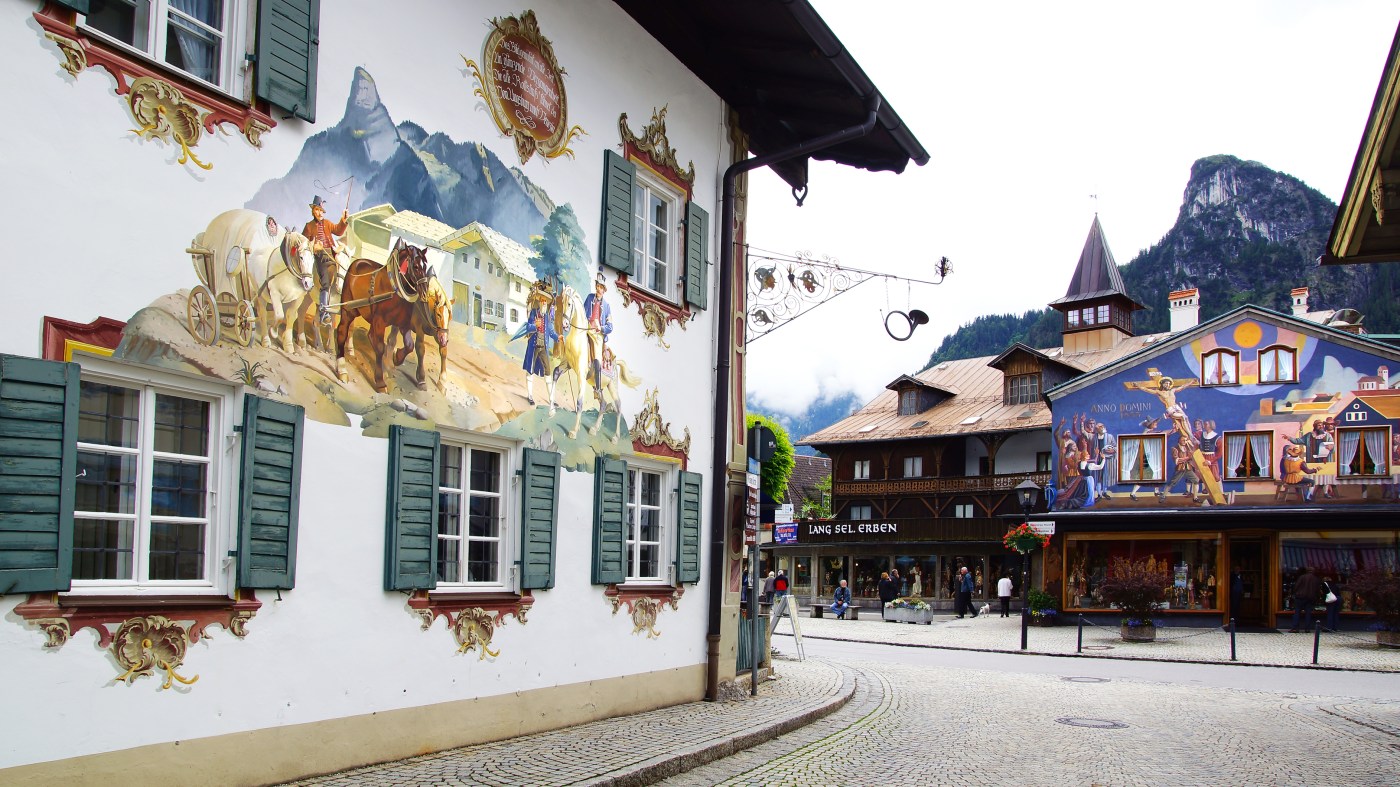
Is November becoming the new ‘shoulder season’ in Europe?
Over the last few years, the shifting patterns of the European shoulder season have garnered much attention in the travel world.
For those unfamiliar with the term, “shoulder season” is the name traditionally given to small sections of the travel calendar — typically late spring and early autumn — viewed as a sweet spot for travel.
For decades, these little chunks of time showcased European destinations at their finest while featuring significantly fewer crowds and lower prices.
And since shoulder season also possessed “goldilocks zone” temperatures (not too hot or too cold) and the full range of tourism facilities being open, it was a win-win.
And it was kind-of, sort-of a secret.
Until it wasn’t.
The truth is the writing has been on the wall for a while. Back in 2019, European travel guru Rick Steves warned that he was seeing sufficient evidence to start considering April and October as the true shoulder seasons.
And that was before the pandemic.
Fast forward to 2023 and pent-up post-pandemic travel dreams and crowds of people looking to avoid the crowds & heat of summer have combined to send the beloved May and September shoulder seasons up in smoke.
Throw in travelers who have caught on to the fact that Europe is a great place to be for Spooky Season and leaf-peeping and you can almost wipe October off the list too.
As we kick off November, I’m left wondering if October is being called the new September, does that mean November is the new October?
In other words, is November now prime shoulder season?
It’s sure looking that way, and it might just be a blessing in disguise.
Personally, I have a real soft spot for European travel at this time of year because the very first time I ever came to Europe was for a two-week trip that lasted from Halloween until mid-November.
As I discovered on that trip and subsequent adventures in the eleventh month, there’s a lot to like about November in Europe. And I’m confident others will too.
Just a few of the reasons why November is a great time to go to Europe:
The cities are as close to uncrowded and quiet as you are going to get and this translates to some of the lowest prices of the year.
There are still a few autumn festivals going on (most notably the International Alba White Truffle Fair in Italy).
The weather in Mediterranean Europe can be downright pleasant, with high temperatures in the 60s and 70s accompanied by plenty of sunshine being very routine.
Northern destinations will be chillier no doubt, but that just gives you the chance to bust out those sweaters and winter jackets, which still feels like a novelty this time of year. Oh, and sit inside in a cozy cafe with a warm drink and act all, you know, European.
The European soccer season is in full swing (can’t say that about July!).
Christmas markets open toward the end of the month (here in the UK, things start earlier), with almost all cities turning on festive lighting a little earlier than that.
Speaking of lighting, European cities look especially enchanting at night as many cities make extra efforts to light their landmarks and buildings in an especially romantic way.
Last but not least, everybody on your list is sure to like a holiday gift from Europe.
While it’s true that some attractions may close at the end of October, if you stick to the big cities, you likely will have few problems and the fun you find there will more than make up for anything you’ve missed out on.
November. Who knew?
_______
(Scott Hartbeck is an avid European traveler and has been writing about travel for more than 10 years.)
________
©2023 Northstar Travel Media, LLC. Visit at travelpulse.com. Distributed by Tribune Content Agency, LLC.


